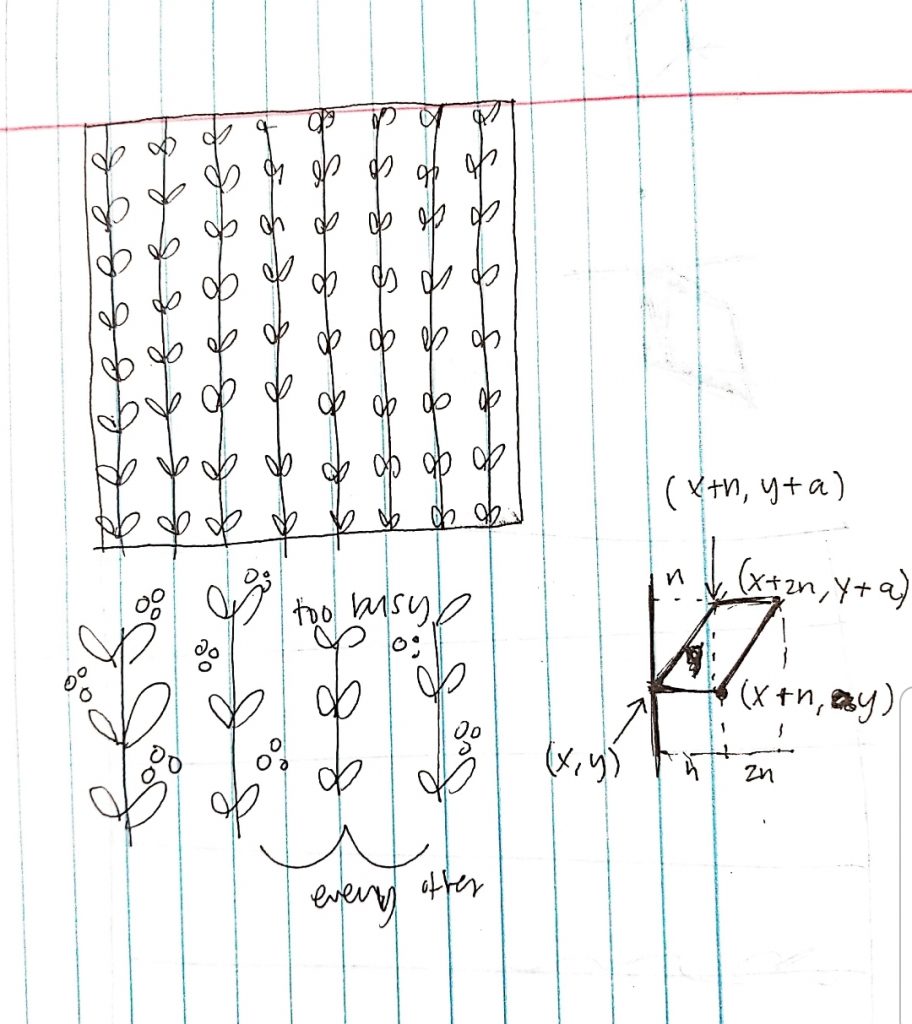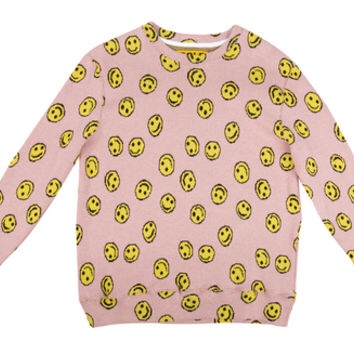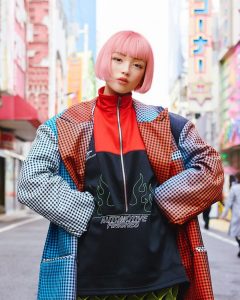Instagram: universaleverything.
Website: Universal Everything
Universal Everything is a digital art and design collection based in Sheffield, England founded by creative director Matt Pyke. Most of their projects incorporate combine technology and humanities in hopes to also utilize the viewers’ sensations and participation. They gather a group of video artists, experience designers and future thinkers to bring a variety of artwork that allows the observers to witness immersive installations, exotic architecture and huge launch events.
I chose to talk about these two pieces created by UniversalEverything because they both pertained to the idea of immersive installations which is something that I have always been interested in trying. Not only are the visuals absolutely spectacular but the calculations and the concept put into the work is astounding.
The first piece is called “Future You” and its this video installation that computes the viewer’s movements into something so beautifully mapped and structured. The fluidity of this digital movement was what drew me towards this project as I know that for smooth movement in a digital piece like this requires an insane amount of calculations and observation to conclude with a smooth representation.
The second piece called “Inside the Sound” was a piece where the designers explored the idea of the audiovisual “synaesthetic experience”. This child-like experience becomes elevated when the designers utilized this visual to create a virtual reality; this offers so many inspiration to artists working towards a digital field of vision and audio in their future. The colors and the design were exquisitely drawn and I will absolutely have this piece in mind as I think of digital and computational works.
I admire the integration of interaction and aesthetics and both projects really displayed both ideas seamlessly.
![[OLD FALL 2019] 15-104 • Introduction to Computing for Creative Practice](../../../../wp-content/uploads/2020/08/stop-banner.png)






